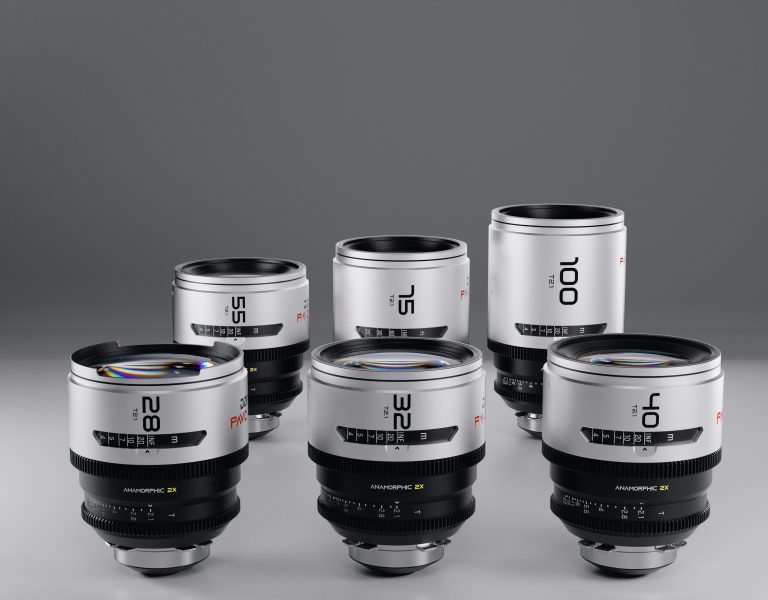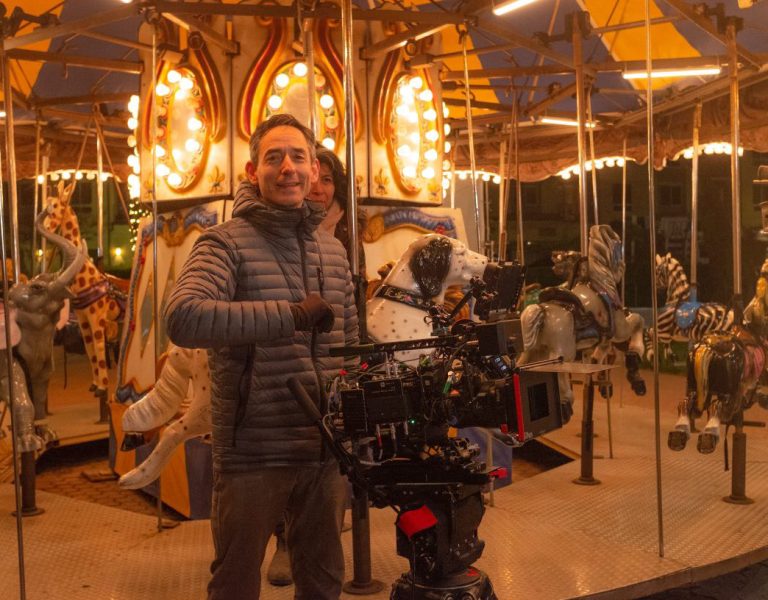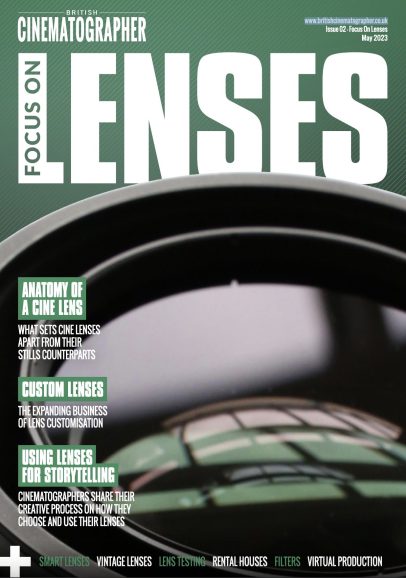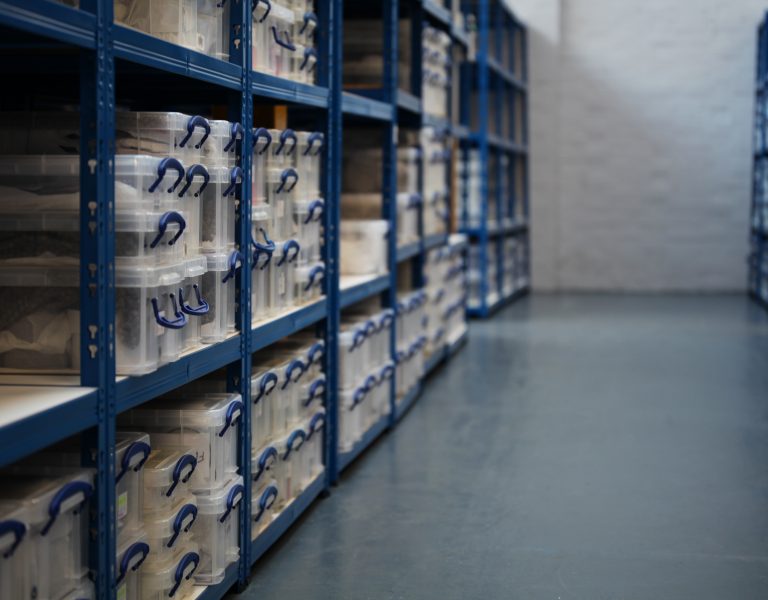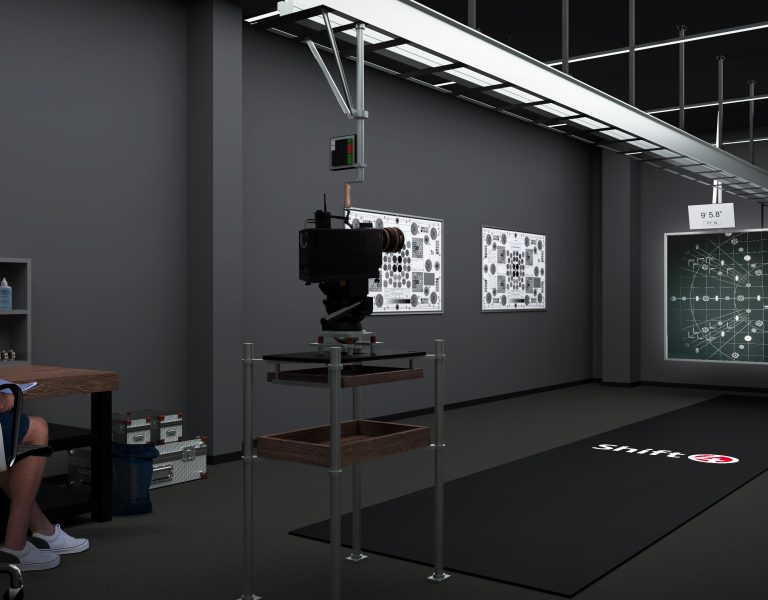Take a quick trip through the lens to see what sets cine lenses apart from their stills counterparts.
If lenses designed for cinema and HETV were animals, they would be thoroughbred racehorses trained just for flat racing and nothing else, while lenses for stills photography would be good for the jumps and maybe showjumping. So, a little more forgiving, a little more generic and a little more all-encompassing.
Cine lenses are built to last and live a tough life, and nowadays are even exposed to rebuilds and rearrangements to produce certain de-tuned or tuned looks. They are used and abused for one purpose only.
These lenses are built for heavy use. Typically, a true cine lens has a durable, all-metal body that makes it good for shooting even in the harshest weather conditions. It is noticeably bigger and heavier compared to photo lenses, and come in one standard or fixed diameter as this allows the shooter to use a wide range of accessories with every lens. If using matte boxes, the standard diameter allows you to use different lenses without having to worry if the front lens diameter will fit.
The major part of the lens are the elements inside it which really represent a compromise of physics with different compromises for different lenses. There are always a number of lens elements along the same common axis. The idea of these elements is to design a route for the light to travel that will minimise aberrations and give the sharpest image possible free from distortions. To many this type of element arrangement is a bit of a black art where science meets artistry to cook up a look.
The formulas and number of elements differ, of course, depending on the maximum aperture of the design, the focal length, etc. Usually, pairs or triplets of elements in a group involve glass elements with different indices of refraction and deal with colour aberrations.
When zoom lenses became the standard, designs had to deal with more glass elements that were needed for all the necessary correction and for the zoom and/or internal focusing functions. Multi-coated lens elements became necessary to keep all the internal reflections to a minimum.
Focusing is the most obvious of the benefits between cine and photographic lenses. With cine lenses, you get very precise focusing because there is such a long barrel rotation with hard stops at the beginning and end points on the focus ring. This allows you to attach standard pitched follow focus gears, either wireless or manual. From here, you can much more reliably and repeatably track focus whether you have a separate focus puller or are pulling focus yourself as an operator.
Consistency of design is of the upmost importance to cine lenses and especially prime lenses. They should match physically and optically. Lens coatings will be similar across a set of lenses in order to provide consistent colour rendition. They will also look to have the same aperture or T-stops, an absolute measure of the light passing through the lens.
Cine lenses are often bulkier and heavier than most of their still photo lens counterparts because most of their settings are adjusted manually. And unlike still photo lenses that come in a wide variety of sizes and lengths, cine lenses have a standard size. They almost exclusively have no auto-focus. Whereas you can get away with a few less-than-perfectly-sharp frames in film as the focus is shifting, with still photos you want to make sure your focus is tack sharp.
Of course, cine lenses’ main distinguishing feature from conventional photographic lenses is the clickless or declicked aperture ring, with markings on the aperture ring indicate T-stops rather than F-stops as used in still photography.
–
Words: Julian Mitchell























